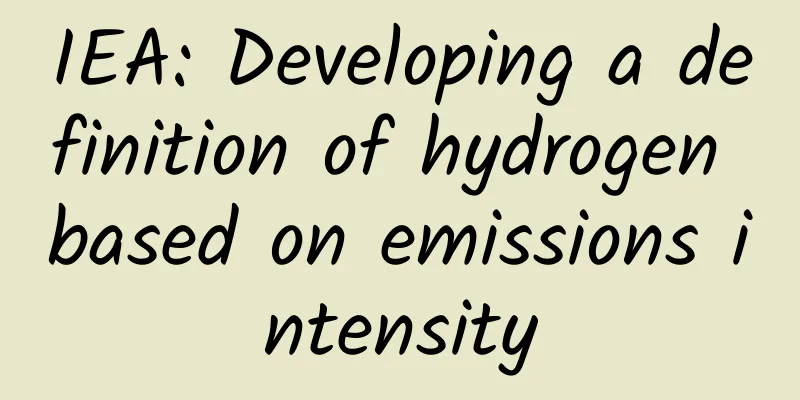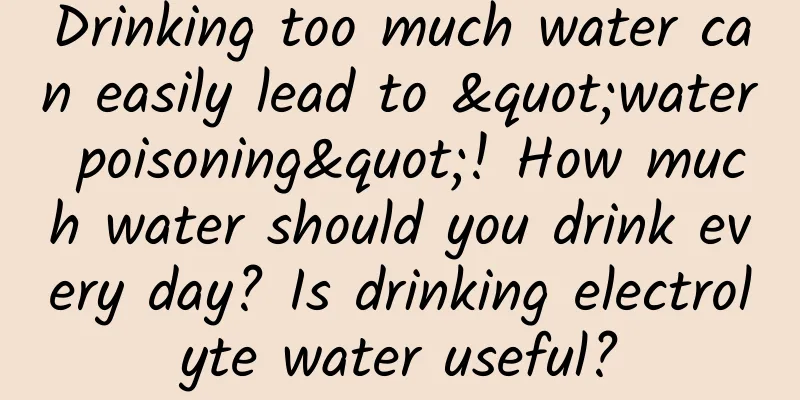IEA: Developing a definition of hydrogen based on emissions intensity

|
The IEA has published the report “Towards a definition of hydrogen based on emissions intensity”. A clear understanding of emissions associated with hydrogen production can help promote investment and scale-up Most large-scale projects to produce low-emission hydrogen face important bottlenecks. Only 4% of announced projects are under construction or have reached a final investment decision. Uncertainty about future demand, a lack of infrastructure to deliver hydrogen to end users, and a lack of clarity in the regulatory framework and certification schemes are preventing project developers from making a firm decision to invest. The production and use of hydrogen, ammonia and hydrogen-based fuels needs to be scaled up The G7 is a cornerstone of efforts to accelerate and scale up the production and use of low-emission hydrogen, ammonia and hydrogen-based fuels. G7 members account for around a quarter of global hydrogen production and demand today. At the same time, G7 members are leading the way in decarbonizing hydrogen production and developing technologies for new hydrogen applications. However, G7 members cannot meet this challenge alone. The development of an international hydrogen market will require the participation of a wide range of other stakeholders, including emerging economies. A definition of hydrogen based on emissions intensity could form a strong basis for regulation The emissions intensity of hydrogen production varies significantly depending on the production route. The emissions intensity of hydrogen produced by electrolysis is determined by the emissions of the electricity used. Carbon capture and storage technology can reduce direct emissions from fossil hydrogen production, but measures are needed to reduce upstream and midstream emissions. Governments should develop roadmaps for domestic and imported decarbonized hydrogen production based on their national conditions. Referencing the emissions intensity of hydrogen production in regulations could enable interoperability and limit market fragmentation Several certification systems or regulatory frameworks defining hydrogen’s sustainability attributes are currently being developed, but a lack of consistency could lead to a fragmented market. Regulations and certification for the emissions intensity of production using hydrogen should also be able to accommodate additional sustainability criteria. |
<<: Amazing technology that is expected to move from science fiction movies to reality
>>: The ultimate horror experience TV version of "Dead Effect" review
Recommend
"How Much Do You Know About Nutrition" series | Food experts: The first thing to consider is whether whole grains are delicious or not, and the second thing to consider is whether you eat enough of them.
"The first thing about whole grains is that ...
Seven rules for Pinduoduo operations
Pinduoduo has improved its operational capabiliti...
When buying a mobile phone in 2021, master the "four no-needs" principle and don't choose blindly
1. You don’t have to choose the latest flagship p...
Essential: 126 tools and 15 promotion channels for a complete event planning
"What tools are needed for a complete event?...
Once a jay hides its food, does it really remember it?
The sower in the forest - Jay The jay belongs to ...
Collection of May 4th Youth Day poster copywriting!
Just finished May Day After finishing the activit...
The Lord of the Rings/The Lord of the Rings 1-3 Collection (Blu-ray Ultra HD Extended Edition) Chinese and English Multi-track
"The Lord Of The Rings", also known as ...
Secret eavesdropping, targeted promotion...are they all true?
I was just chatting with a friend about "Sha...
There are 3 basic ways to get traffic when promoting APP!
I have been working in operations for a year, and...
How to avoid lightning correctly?
Where is it easy to be struck by lightning? How t...
Brand live streaming sales strategy!
From November 15th to 16th, L'Oreal was on th...
Is cloud gaming a good idea? Check out the 3A gaming experience brought by Migu Quick Games before you make your own judgment!
In the past 2020, "cloud gaming" has be...
Do you always charge your battery to 100%? Stop it now.
In today's life, mobile phones are not only a...
There are so many museums, how are they classified?
When people are free or traveling, many of them t...
Will the epidemic affect everyone’s wages? How to calculate salary for working from home? Attached is the response from the Ministry of Human Resources and Social Security
Although the epidemic situation is developing in ...









